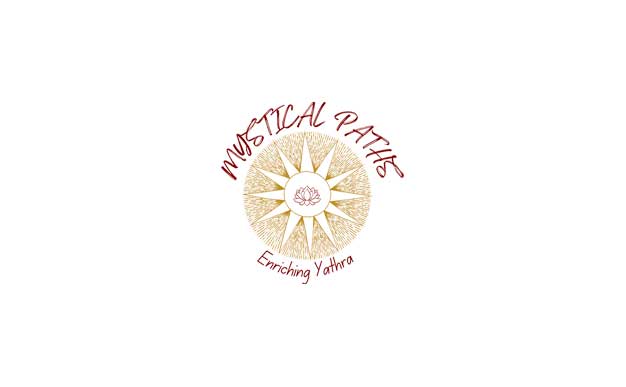Blog Details
For that spiritual connection
Most devotees are absorbed in prayer when rituals are conducted in temples and the less religiously inclined are not interested. Both miss out a fascinating aspect of temple rituals – especially the shodasha upachara or the offering of 16 items that include garments, rice, betel leaf and flowers, to the deity after the ritual bath. These have symbolic meanings and also serve as an interesting connect between religion and politics.
While we do not have the exact century when the 16 items became an integral part, we are relatively sure that from the 14th century they were integral to the temple worship tradition, as we have inscriptions that mention kings gifting them to temples.
They fulfil two purposes – first they appeal to all the senses of the devotee – lamps and fire to the eyes, incense for the nose, prasadam or food for touch and taste and music for the ears. The second purpose is that the objects underline the connection between God and the king.
Though a Vedic concept, the connection between God and king became pronounced in the Pallava period and after.
Royal patronage
Religion benefited from royal patronage and temples soon became the authority for the king.
They provided employment, owned land, ensured cultivation, stored grain and provided cultural entertainment – all of these duties the king was expected to perform. Rituals in court therefore became similar to those in temples. So even if the objects of the upachara were not meant to elevate the devotee to higher levels of consciousness they reminded the devotee that allegiance to god and king were not different.
Shodasha upacharas are similar for Vishnu and Siva temples with variations in the forms of the objects used. The Vaikanasa agama for Vishnu temples lists 32 upacharas, mentions the eligibility essential to perform them and also those for whom it can be done.
All upacharas need not be performed for all - divine or mortal. The Pancharathra tradition has a list of 128 upacharas, and includes a separate set for the deity, while travelling, such as paduka, chariot, horse and elephant. There are rules regarding which deity receives an upachara, how many, and also who gives it.
Akin to mudras
The upacharas in the Pancharathra tradition and in Kerala are done mostly with gestures of the hands, like in dance mudhras.
Dhoopa is benzoin resin that is obtained from the bark of several species of trees in the genus Styrax. A few spoons of the roughly crushed powder are added to hot coal embers. The fragrance is strong and heady. The receptacles of the coals are large, shallow cups on an inverted ‘S' horizontally placed.
Like other objects for upacharas, affluent devotees with access to master craftsmen can sponsor elaborate, ornate cups and have sheet metal inserted in the joints with engraved images of animals.
The writer can be reached at pradeepandanusha@gmail.com
(To be concluded)
